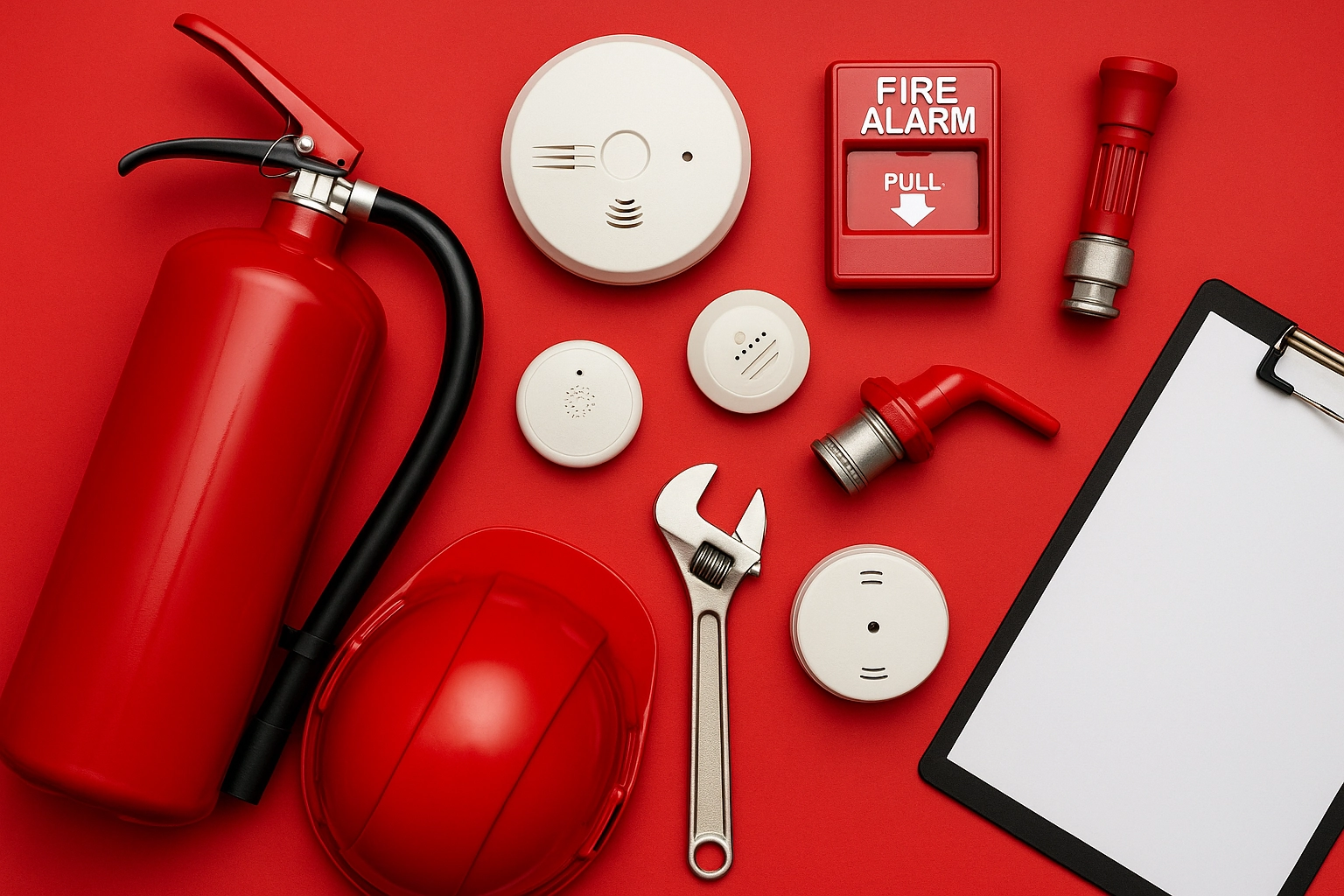Fire Safety and Protection Systems Inspection
In today's increasingly complex world, ensuring fire safety is not merely a compliance issue but a critical responsibility. Fire protection systems are designed to safeguard lives, property, and infrastructure from the devastating effects of fires. Regular inspection and maintenance of these systems play an indispensable role in enhancing fire safety.
Fire safety inspections cover a wide range of components including sprinkler systems, fire alarms, fire extinguishers, emergency lighting, and more. These inspections are essential for identifying potential hazards before they escalate into life-threatening situations. Proper inspection ensures that all parts of the system function optimally during emergencies.
Compliance with international standards such as ISO 9715:2003 (Sprinkler systems – Design, installation and maintenance) and NFPA 25 are crucial for maintaining fire safety standards. These standards provide detailed guidelines on how to inspect, test, and maintain various components of a fire protection system.
During inspections, technicians carefully examine each component to ensure they meet the required specifications. This includes checking for signs of wear and tear, verifying proper installation, testing the response time of alarms, and ensuring that extinguishers are full and in accessible locations.
The importance of regular inspection cannot be overstated. A single overlooked issue can lead to severe consequences during an actual fire event. By adhering to strict maintenance schedules and following industry best practices, organizations can significantly reduce their risk profile.
Fire safety inspections are typically conducted by qualified professionals who have undergone specialized training. These experts use advanced diagnostic tools to assess the condition of different components within a fire protection system. Their reports provide detailed insights into any deficiencies found during the inspection process, helping facilities address these issues promptly.
Applied Standards
The standards applied in fire safety and protection systems inspections are critical for ensuring consistent quality across all inspected systems. Some key international standards include:
- NFPA 25: Standard on the Inspection, Testing, and Maintenance of Water-Based Fire Protection Systems – This standard provides guidelines for inspecting, testing, and maintaining water-based fire protection systems.
- ISO 9715:2003: Sprinkler Systems - Design, Installation and Maintenance – It specifies the requirements for the design, installation, and maintenance of sprinkler systems to ensure they function effectively when needed.
These standards serve as benchmarks against which inspections are conducted. Compliance with these guidelines ensures that all fire safety measures are up-to-date and effective.
Benefits
The benefits of regular fire safety and protection systems inspection extend beyond mere compliance; they offer tangible advantages that contribute to overall safety and operational efficiency:
- Enhanced Safety: Regular inspections help identify potential hazards early, reducing the risk of accidents or fires.
- Cost Efficiency: Preventive maintenance reduces repair costs by addressing issues before they become critical problems.
- Compliance Assurance: Ensuring that all fire protection systems meet regulatory requirements helps avoid penalties and fines associated with non-compliance.
Use Cases and Application Examples
| Building Type | Fire Protection System | Inspection Frequency | Expected Outcome |
|---|---|---|---|
| Data Center | Sprinkler and Fire Alarm Systems | Quarterly | Identify and address minor issues to prevent major failures. |
| Hospital | Fire Extinguishers and Emergency Lighting | Monthly | Ensure immediate availability of critical safety equipment during emergencies. |
| Office Building | Sprinkler System and Fire Alarm System | Annually | Determine overall system performance and readiness for emergency situations. |
- Data Center: Given the critical nature of data centers, regular inspections are vital. They ensure that all fire protection systems remain operational at all times, minimizing downtime during emergencies.
- Hospital: In healthcare settings, every second counts during a crisis. Regular inspection guarantees that essential safety equipment is always ready for use.





